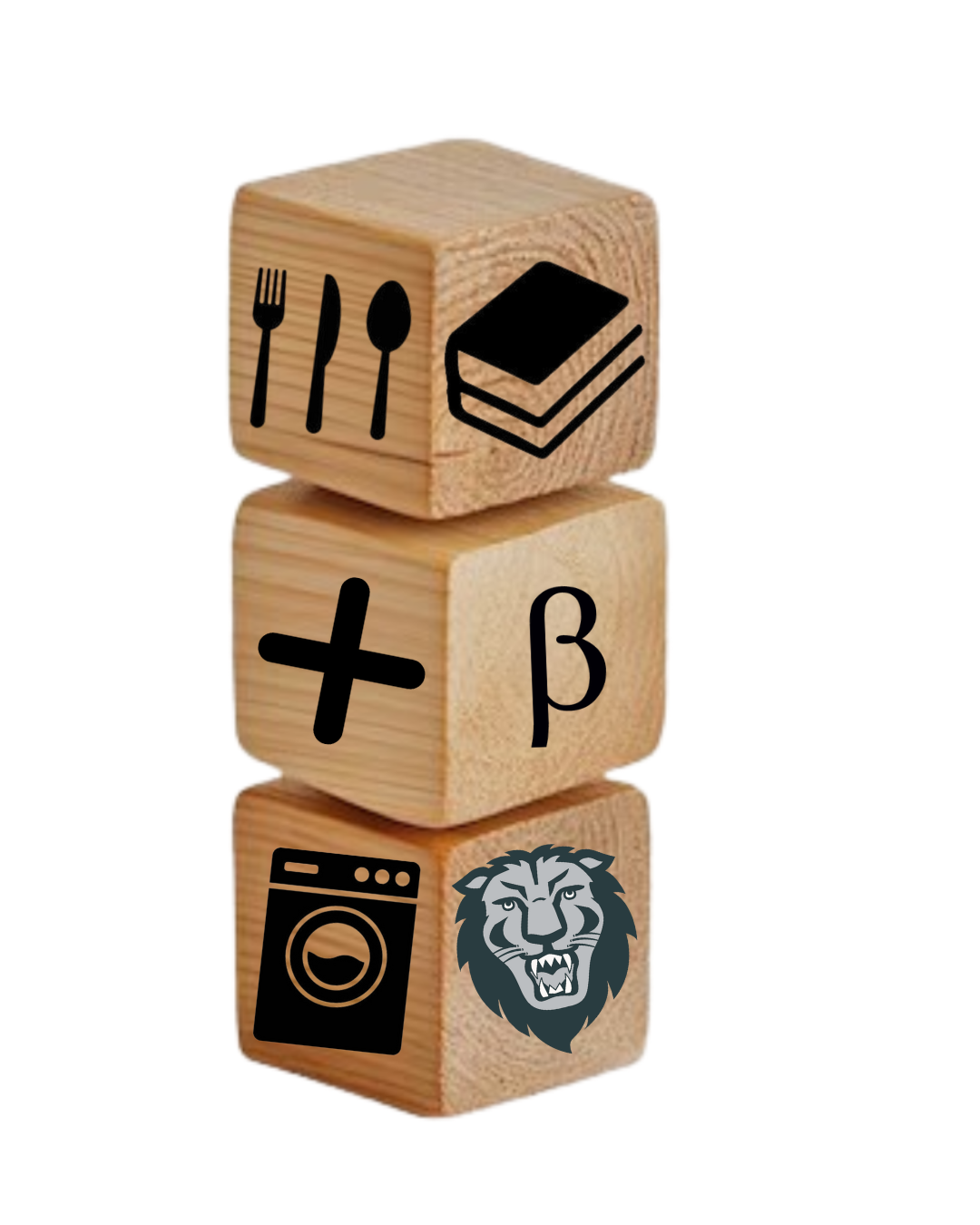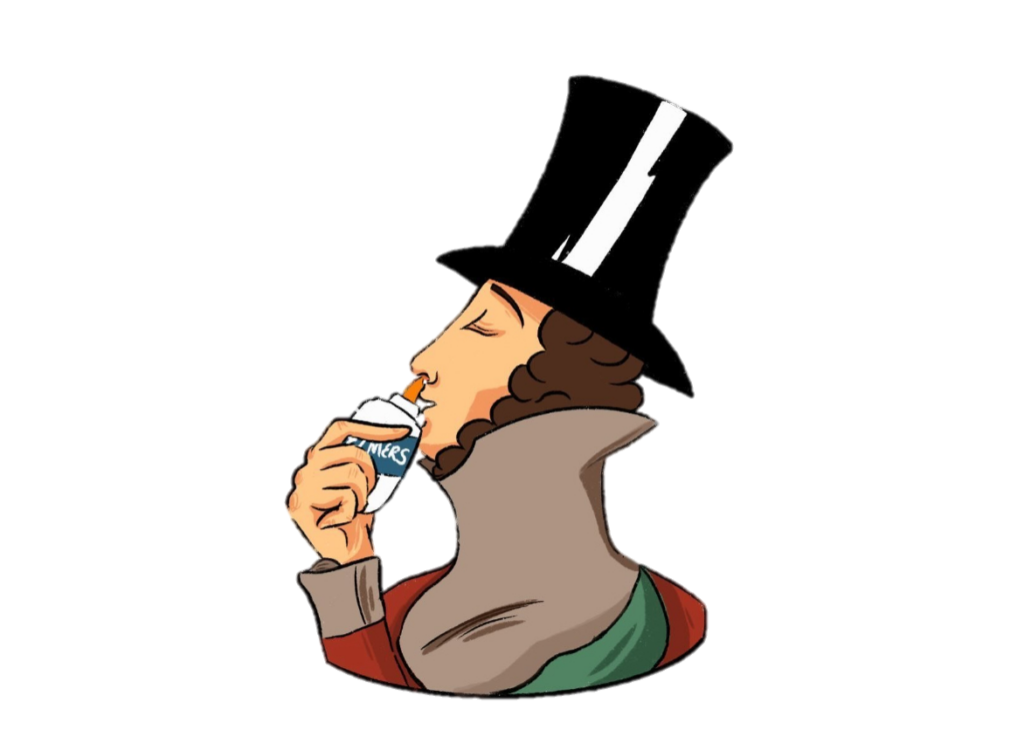After facing backlash for allegedly producing graduates who “lack the ability to read,” Columbia University has decided to take learning in a new direction. Inspired by the practices of K-6 education across the country, Columbia will now be shifting classes to focus on self-directed activity, hands-on learning, and collaborative play.
Director of the Center for the Core Curriculum Larry Jackson, comments “We see these students unable to sit through a 75-minute lecture without looking up ‘nail inspo’ on Pinterest or viewing ‘Insta stories’ on their laptops and frankly, we see a problem here. The Montessori Method distances students from technology and rather places the emphasis on practical skills, sensorial experiences, and self-motivated growth.”
Professors now must set aside half the instructional time for parallel play, providing wooden blocks, chalk, magnets, pastels, and other creative tools for students to use. Other additions to the curriculum include a “household skills” class, where students can experiment with “safety-certified, big-kid teaching” laundry machines and kitchen sets adorned with functional cutlery and running water. “The long-term goal of this plan is to add it to the swim test, ensuring our little people can handle the big world.” Jackson notes, “Although the method isn’t traditionally employed in a college setting, we feel certain that these practices will expand our students’ imagination and allow them to take their education into their own hands and blossom into independent, productive adults.”


